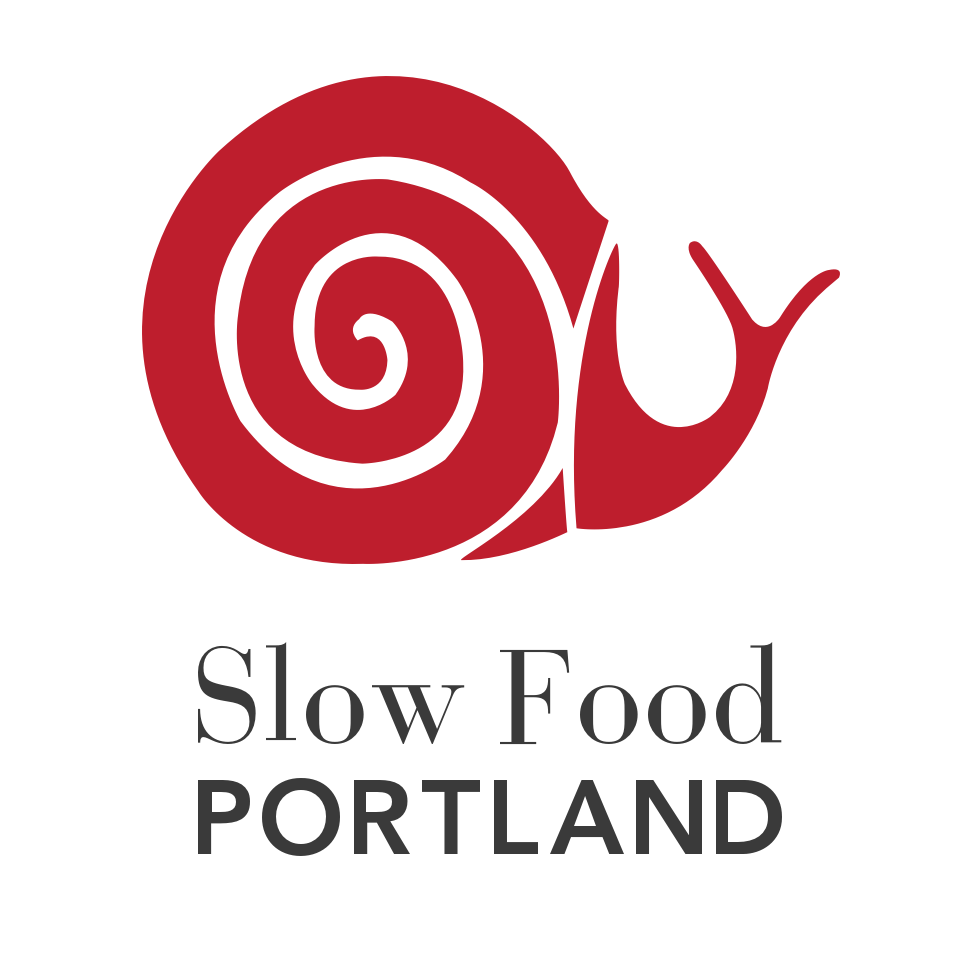Beans & Biodiversity: My Backyard Seed Saving Project
By Sarah Dietz
When was the last time you thought about the biodiversity of your diet? For the Slow Food Movement, protecting and defending the biodiversity of cherished food products is a top priority. One of the ways this work manifests is through the online catalog The Ark of Taste. A selection of the Ark of Taste catalog was published in 2023 (and recently nominated for a James Beard Foundation award), The Ark of Taste inventories endangered food products in the USA. Nearly 200 different types of beans are in the global catalog, each with its own rich cultural history and flavor profile. This story is about biodiversity and promoting good, clean, and fair beans - in the city.
Biodiversity can and does exist in urban environments. My journey with biodiversity started in New York City and followed me to Portland, Oregon. Right before the onset of COVID-19, I was studying the food system in New York City, working in my school's urban farm lab, and learning from my professor how to grow a variety of produce in a small and experimental way. This experience propelled me into the land of seed saving when the lab started what would become a multi-year seed library project at the height of the pandemic.
When the NYU Urban Farm Lab seed library project began, I had already moved back to Oregon but wanted to stay connected to the lab and my peers, so I joined. The seed library project aimed to explore the importance of biodiversity in our food system. A small group of students and alumni got our hands dirty by growing two initial foods—flashy trout back lettuce, and chocolate cherry tomatoes. After becoming more accustomed to growing and tending to plants for seed saving, we moved on to a beautiful assortment of beans.
This is where the seed-saving project got super interesting. We had the freedom to choose which beans we grew to contribute to the library. As a newly minted food preservationist, I proudly picked beans from local Oregon seed companies Siskiyou Seeds, in Williams, OR, and Adaptive Seeds, outside of Sweet Home. My Pepe de Rola beans—an heirloom from Portugal— and Moldovenesti Buffalo—brought over from Romania by Adaptive Seeds— were chosen to connect me with my ancestor’s culinary heritage. Stews featuring beans and chorizo sausage made their way over to the U.S. when my family immigrated from the Azores. This connection was especially meaningful in addressing the issue of disconnection from traditional food cultures, a common problem in the modern food system. Stewarding these seeds allowed for an organic connection to a community during the otherwise very isolating pandemic times. We were learning and growing together, which was empowering as a form of resistance against the industrial food system. By the end of each year, I felt I had made a meaningful contribution to biodiversity, which was incredibly gratifying.
As the pandemic continued unfolding, embracing this participation and active role within the food system became important to a lot of people. Consequently, seed libraries experienced a surge in popularity, now operating in all 50 states. The concept of a seed library is relatively simple: you plant and grow open-pollinated seeds, select the healthiest plants, save seeds from those plants, and then send them back to the seed library. Ideally, this cycle continues with the next grower. In this iteration of the library model, you’re “checking out” seeds, growing them, and then returning new seeds from the plants that you grew (and ate) back to the catalog for others to “borrow.” This model helps maintain genetic diversity and promotes sustainable practices in our food system
All of this attention and action is crucial because we are in a biodiversity crisis. While there is an abundance of food choices, true diversity is lacking in these options. To defend biodiversity, you have to participate in the protection of it, and the easiest way to do that is through what you buy, when, and from whom.
Here in Oregon, we are extremely fortunate to have access to an abundance of local and diverse foods. The barriers to engaging in biodiversity practices are relatively low. Anyone can start by saving and sharing seeds, shopping at farmers markets, joining a CSA, and growing food from local seed companies in their backyard or balcony. There’s a buffet of options for becoming a biodiversity advocate, and you can start today, right now even. So which beans were part of your ancestors' traditional culinary collection?
Want to dig deeper into biodiversity and the foods that are rare or in danger?
Here are some recommendations for book, article, and podcast lovers.
If you’re a…
Book person: Bread, Wine, Chocolate: The Slow Loss of the Foods We Love by Sithran Sethi
Podcast person: What You’re Eating - “Losing Biodiversity, Losing Flavors” (shoutout to Slow Food!)
Hyper-local podcast person: City Cast Portland - “The Portland Area’s Rarest and Most Distinctive Foods”
Another podcast: Meat + Three - “Yesterday’s Flavors, Tomorrow’s Table: Preserving Culinary Heritage”
Article person: Civil Eats - “Gardening is Important, but Seed Saving is Crucial”
